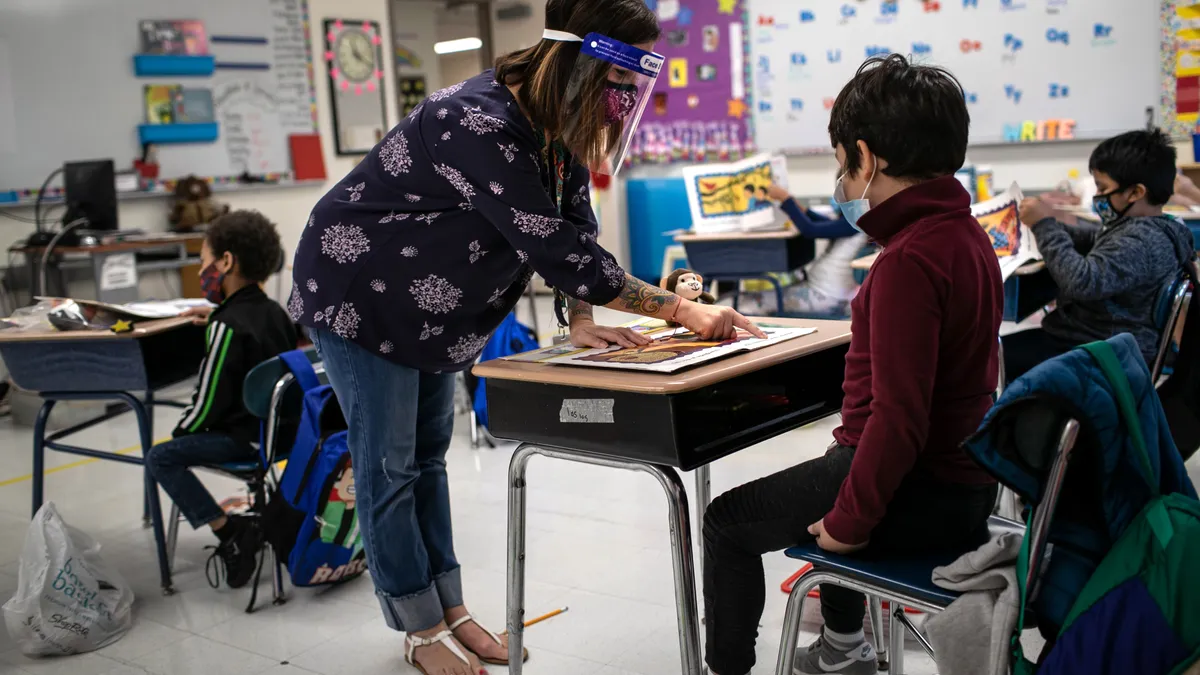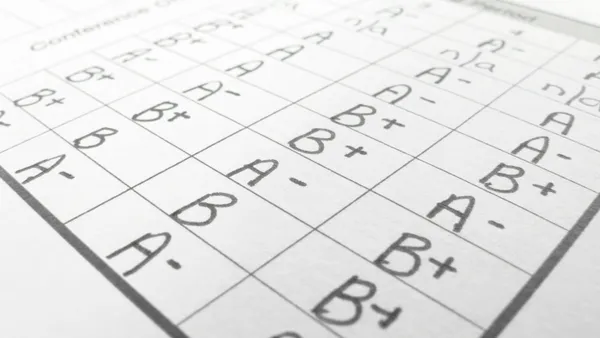Dive Brief:
- New York City Mayor Eric Adams is launching a city-wide dyslexia screening program for all students, the New York Post reports. Adams, diagnosed with dyslexia in college, had pushed for the program during his run for mayor.
- Under the program, literacy screening will happen three times a year in grades K-10, with students significantly behind in learning benchmarks being screened separately for dyslexia. A city-wide pilot program will start in 80 elementary and 80 middle schools and include training on identifying students at risk for dyslexia.
- The city’s department of education also plans to create programs in two city schools dedicated to students with learning disabilities, ensure K-12 teachers have a two-hour course on dyslexia education by April 2023, and have dedicated dyslexia support in at least one school in each borough by September 2023.
Dive Insight:
Experts believe screening for dyslexia when students are young is crucial. Early discovery can lead to interventions which can help mitigate the disorder’s impact on academic success.
“We have to do this early,” said Sally Shaywitz, co-founder and co-director of The Yale Center for Dyslexia & Creativity. “Dyslexia is very common, one out of five students. That’s huge. It’s one of the most common problems children have.”
Shaywitz, a developmental pediatrician, has been involved in a longitudinal study on dyslexia since 1983 and is also the author of “Overcoming Dyslexia.” Looking at the data over the years, her team found the achievement gap between typical and dyslexic students happens early — about the 1st grade — and doesn’t go away, she said.
Schools and districts looking for intervention tools of their own can turn to numerous methods including phonics, which is gaining support across the country, including in New York City. Districts can also look into college-age peer mentoring programs or approaches such as the Wilson Reading System.
Some schools, like the Academy for Learning, Literacy & Innovation Excellence in Colorado Springs, Colorado, have turned to methods that include the Orton-Gillingham Approach, which focuses on decoding language to help students learn how to read. Local dyslexia support chapters are another resource educators and parents can tap, such as Decoding Dyslexia Maryland.
One of the best approaches to help students get the scaffolding needed is to use a screening method in school, conducted by a student’s teacher, said Shaywitz. She added the screener can be short, about 10 questions, but should be evidence-based and done while students are young. Early intervention can help pupils not only with their learning, but with their confidence, too.
“Screening is really important,” she said. “If kids are not identified, they think they’re not smart and teachers think they’re not smart. Then they give up on school because they’d rather be sent to a principal’s office than read aloud and be made fun of in class."












